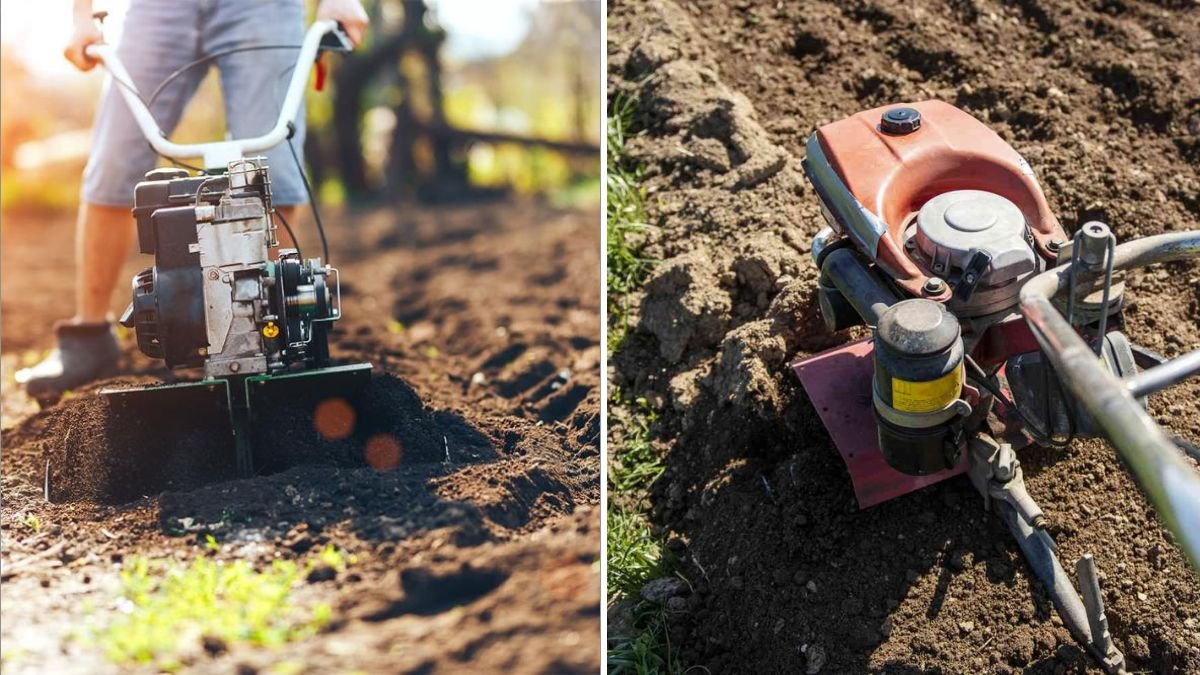Tilling has long been a hallmark of traditional gardening and farming. For generations, gardeners have relied on turning the soil each year to prepare for planting, control weeds, and mix in fertilizers or compost. There’s something deeply satisfying about breaking open fresh earth each spring. But in recent years, the once-unquestioned practice of annual tilling has come under scrutiny. Many experts now argue that frequent tilling can do more harm than good—destroying soil structure, depleting organic matter, and harming beneficial organisms.
So, should you till your soil every year—or not at all? The answer isn’t one-size-fits-all. It depends on your soil type, garden goals, and the methods you use to maintain soil health. Let’s explore both sides of the debate and what modern soil science has to say about the best approach.
Why Gardeners Traditionally Till the Soil
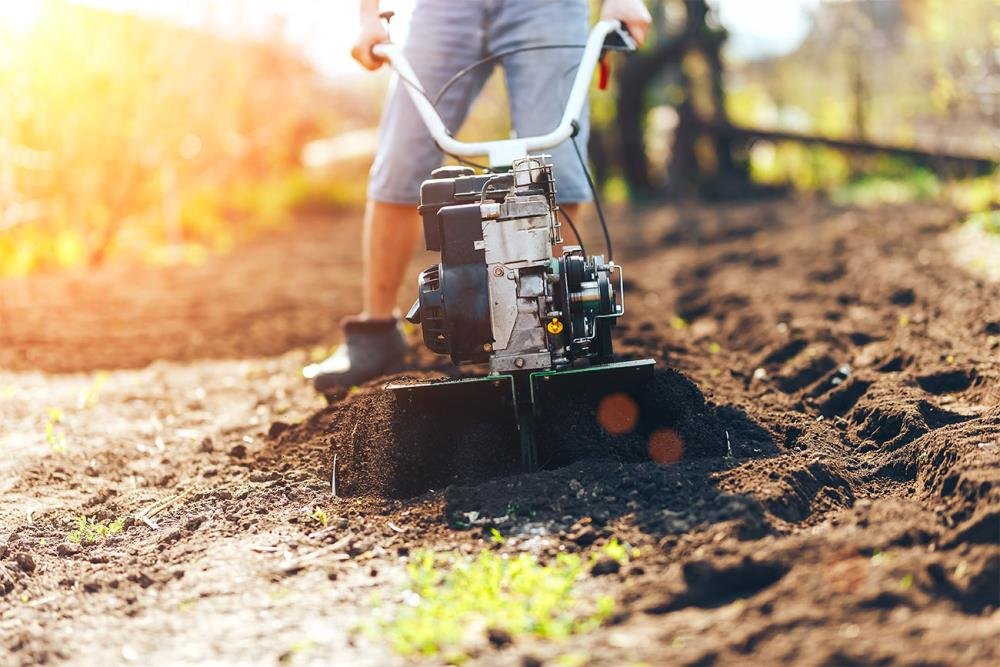
Tilling is the process of breaking up and turning over the top layer of soil, typically using a rototiller, hoe, or shovel. Historically, this practice was thought to offer several benefits:
- Loosens compacted soil to improve root growth and aeration.
- Incorporates compost or fertilizer evenly throughout the topsoil.
- Removes weeds by uprooting or burying them.
- Mixes in crop residues to decompose faster.
- Creates a fine seedbed for easier planting.
For decades, tilling was considered essential for healthy soil. Early agricultural systems—and many backyard gardeners—depended on it to keep beds workable and productive.
However, as our understanding of soil biology has evolved, scientists now see soil not as an inert growing medium, but as a living ecosystem. And frequent tilling, it turns out, can disrupt that delicate balance.
The Case Against Annual Tilling
Many soil scientists and experienced gardeners have turned away from yearly tilling for a simple reason: it can do more damage than good in the long run. Here’s why experts are rethinking the practice.
1. It Destroys Soil Structure
Healthy soil has a natural structure made up of aggregates—clusters of soil particles bound together by organic matter, fungal threads, and microbial secretions. These aggregates allow air, water, and roots to move freely.
Tilling tears these structures apart, leaving behind fine particles that compact easily and form crusts on the surface. Over time, tilled soil becomes more prone to erosion and less capable of retaining water.
2. It Harms Beneficial Microbes and Earthworms
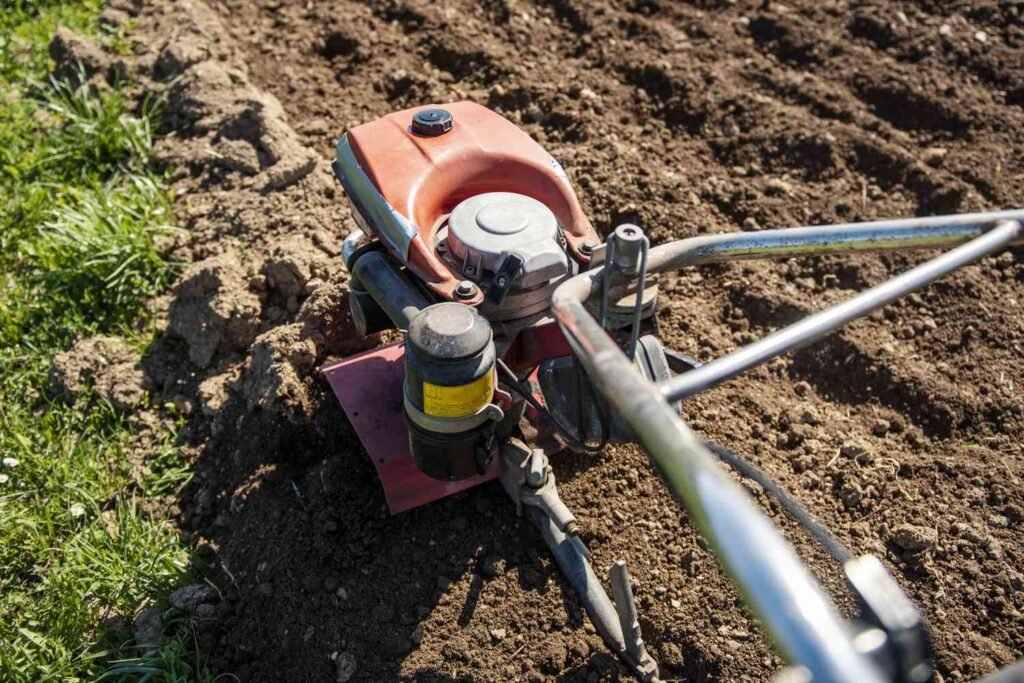
Soil is alive with bacteria, fungi, and insects that decompose organic material and release nutrients in plant-available forms. Mycorrhizal fungi, for example, form symbiotic networks with roots, helping plants access nutrients deep underground.
When you till, you physically destroy these fungal networks and expose microbes to sunlight and air, killing many of them. Earthworms—nature’s original soil tillers—are also disrupted or killed by mechanical blades.
3. It Increases Erosion and Nutrient Loss
Once soil structure is broken down, it becomes vulnerable to wind and rain erosion. Nutrients that would have stayed in the root zone are washed or blown away, leading to declining fertility over time. The more you till, the faster your soil loses organic matter—the very component that keeps it fertile.
4. It Encourages Weed Growth
Ironically, one of tilling’s main goals—weed control—often backfires. When you till, you bring buried weed seeds to the surface, where they germinate in light and warmth. Studies show that no-till gardens often have fewer weeds over time, especially when mulched properly.
5. It Contributes to Carbon Loss
Each time soil is tilled, stored carbon is released into the atmosphere as carbon dioxide—a major greenhouse gas. In contrast, undisturbed soil stores carbon in the form of humus and root biomass. Reducing tillage helps lock that carbon back into the ground, making it a more sustainable gardening practice.
When Tilling Can Still Be Beneficial
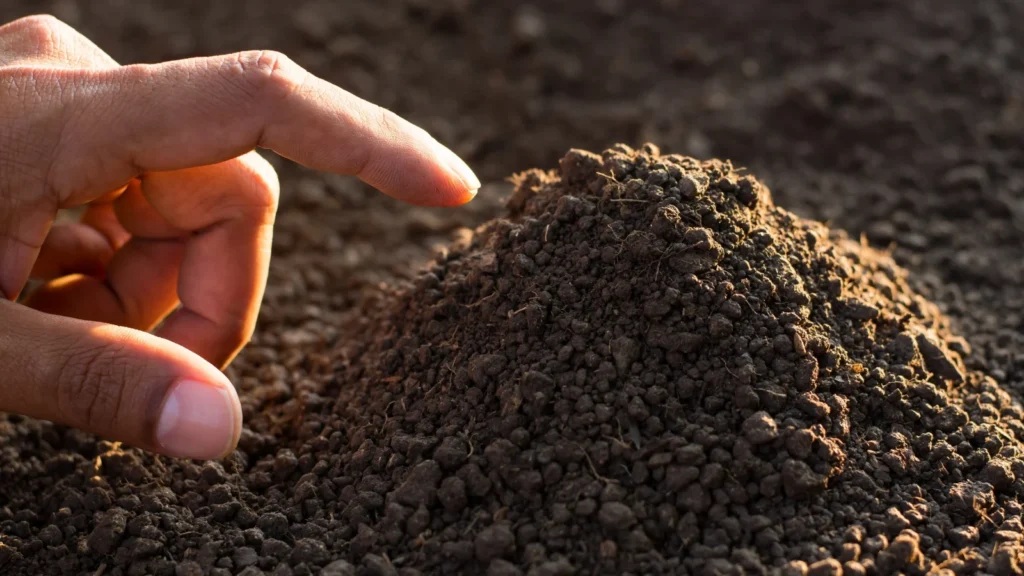
That said, tilling isn’t inherently evil—it’s simply a tool, and like any tool, it has a time and place. Some situations genuinely benefit from turning the soil, especially when starting or rejuvenating a new garden.
1. Breaking Ground for a New Garden
If your soil is heavily compacted, filled with debris, or overrun with turf grass, tilling can give you a clean start. It loosens the ground, mixes in organic matter, and makes planting easier in the first year. After that, you can transition to no-till practices.
2. Incorporating Amendments into Hard Soil
When adding large amounts of compost, manure, or other soil conditioners, lightly tilling can help mix these materials evenly into the top few inches. The key is to do it once—and not make it an annual routine.
3. Managing Heavy Clay or Poor Drainage
Clay soils in particular can benefit from an initial tilling to break up compacted layers and improve drainage. Adding coarse organic material and sand during this process helps maintain looseness for the future.
4. Removing Deep-Rooted Weeds
For gardens that have been neglected and overtaken by aggressive weeds (like bindweed or quackgrass), a deep till may be necessary to uproot and expose the root systems. Afterward, use mulch and cover crops to prevent regrowth.
The No-Till and Low-Till Alternatives
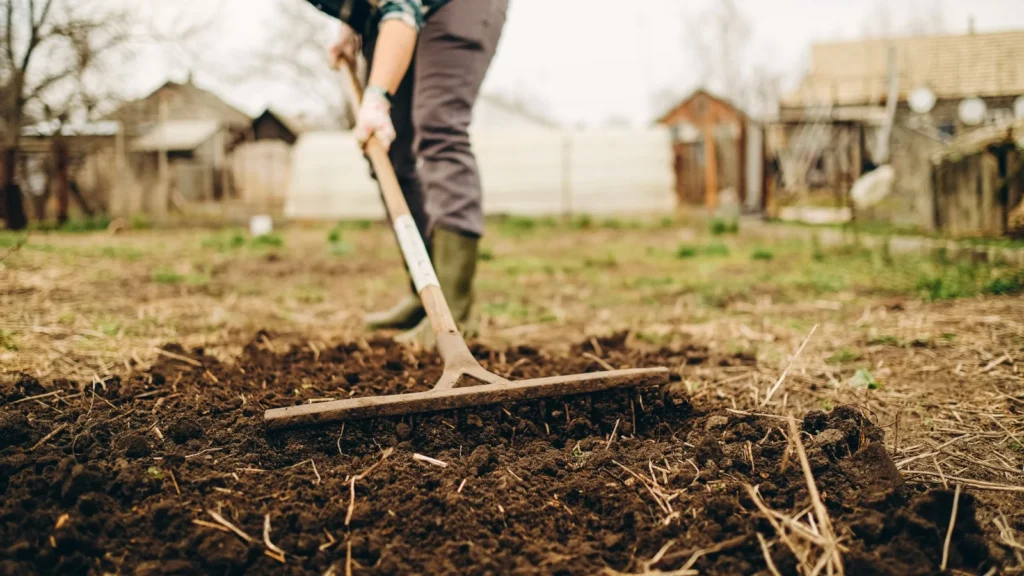
For most established gardens, no-till or low-till methods offer a healthier and more sustainable approach. These systems aim to preserve soil structure, minimize disturbance, and feed soil life naturally.
1. Layer Compost on Top (Sheet Mulching)
Instead of mixing compost into the soil, spread a 1–2 inch layer over the surface each season. Earthworms and microbes will gradually pull it downward, enriching the soil from below.
2. Use Mulch Generously
A 2–3 inch layer of straw, wood chips, or shredded leaves protects soil from erosion, suppresses weeds, and keeps roots cool and moist. Over time, the mulch decomposes, adding organic matter.
3. Grow Cover Crops
Cover crops such as clover, rye, or vetch improve soil texture and fertility without tilling. Their roots aerate the soil naturally, and when cut down, they return nutrients as they decompose.
4. Practice Crop Rotation
Rotating where you plant vegetables each year helps prevent nutrient depletion and disease buildup, reducing the need for disruptive soil management.
5. Use Broadforks Instead of Tillers
If your soil needs aeration, try a broadfork—a hand tool that loosens compacted layers without turning them over. It’s gentler on soil life and keeps natural layers intact.
What the Experts Say
Soil scientists, horticulturists, and farmers have differing opinions—but most now agree on one principle: the less disturbance, the better.
- Dr. Elaine Ingham, a leading soil microbiologist, argues that “tilling destroys the soil food web.” Her research shows that microbial diversity is drastically reduced after mechanical disturbance.
- Rodale Institute, pioneers in organic farming, found that no-till systems increase organic matter and water retention while reducing weed pressure over time.
- Some traditional agronomists, however, point out that moderate tilling—especially in cool, wet climates—can warm the soil faster in spring and help manage heavy residues from cover crops.
In other words, context matters. Light, strategic tilling may be appropriate for some soils or climates, but constant annual tilling is rarely necessary anymore.
How to Transition Away from Annual Tilling
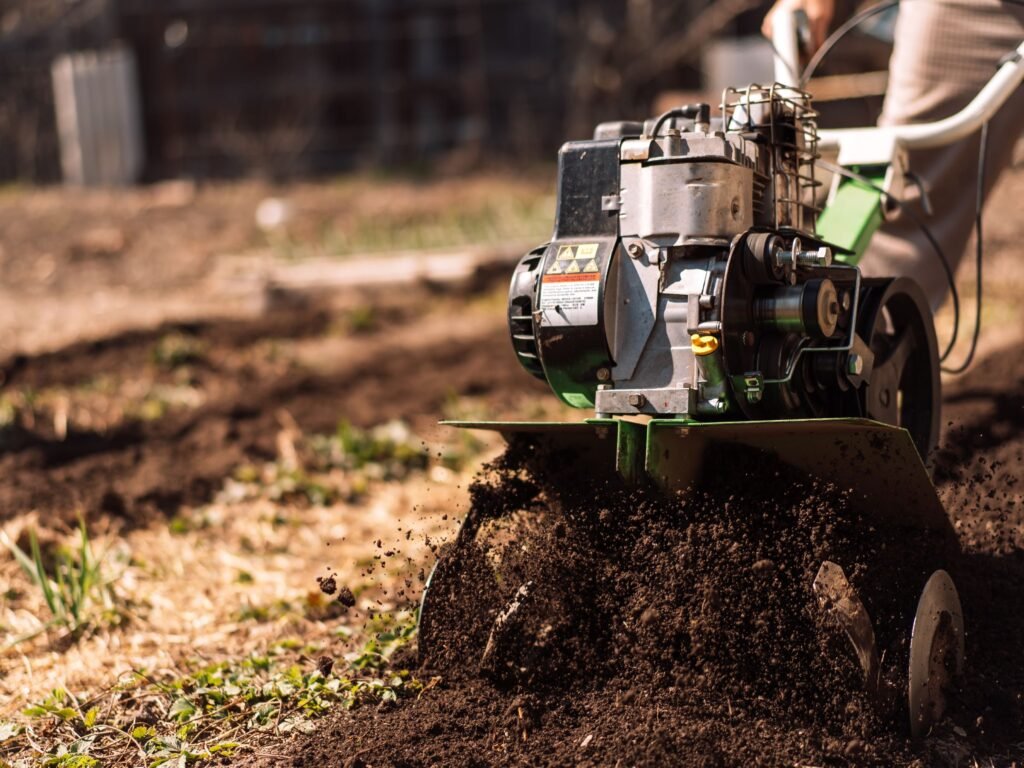
If you’ve been tilling every year and want to stop, make the switch gradually. Here’s how:
- Start by tilling one last time to mix in compost and loosen the soil.
- Apply a thick layer of mulch to suppress weeds and protect the surface.
- Plant cover crops in the off-season to rebuild structure naturally.
- Top-dress with compost annually, letting nature mix it in.
- Observe and adjust—if your soil remains healthy and crumbly, you can skip tilling entirely.
Within a year or two, your soil will begin to rebuild its natural structure, retaining moisture better and supporting stronger plant growth.
Final Thoughts: Finding Balance
So, should you till every year? For most gardens, the answer is no—not anymore. Annual tilling often does more harm than good, leading to compacted, lifeless soil over time. Instead, focus on nurturing your soil through organic matter, mulch, and minimal disturbance.
However, if you’re starting fresh, dealing with heavy clay, or battling persistent weeds, a one-time tilling may be the right move—as long as you follow it with regenerative practices.
The goal isn’t to ban tilling, but to use it wisely. Think of it as a short-term intervention, not an annual habit. In the end, healthy soil is the real foundation of any thriving garden—and that means working with nature, not against it.
